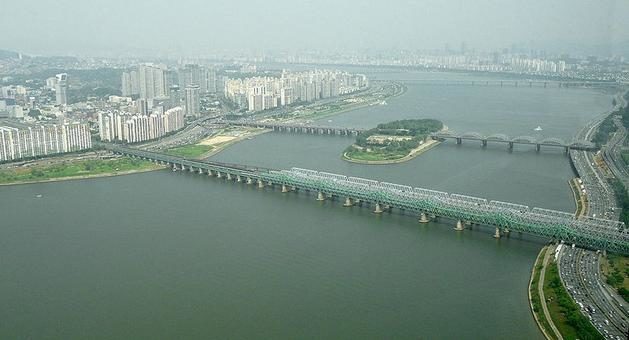Salinity Intrusion
Salinity intrusion is of growing concern in many regions where natural fresh water flows are impacted because of direct human activity such urbanization and dam construction, as well as climate change. Mathematical model of these natural systems can be efficiently used for estimating and evaluating the nature of the salinity intrusions on a seasonal and long-term basis.










